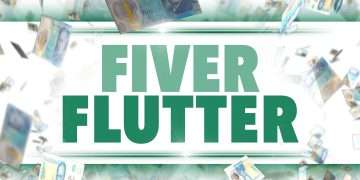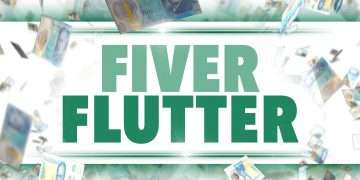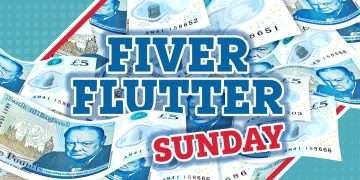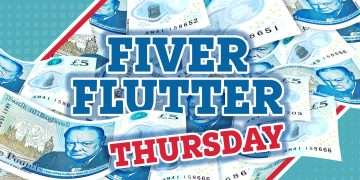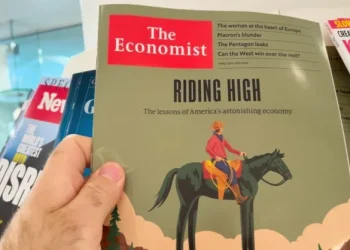
New York Times editorial director for newsletters Jodi Rudoren told Press Gazette what makes a good email update as the title launched a new daily edition.
The World has a five-strong editorial team and comprises a mixture of original content and curated links/summaries aimed at New York Times readers living outside the United States. It is replacing the Morning Briefing newsletters for Europe and Asia.
Hosted by Katrin Bennhold and edited by Alicia Wittmeyer, the aim with The World is to emulate the success of flagship New York Times newsletter The Morning, which goes out to 16 million people every day and has a dedicated team of seven.
Bennhold has 20 years of experience reporting for The New York Times, including stints based in London, Berlin and Paris. The title of newsletter “host” means she will write The World, but also interview New York Times colleagues or hand over the reins to them.
The New York Times runs more than 100 email newsletters, most of which are free.
PG: Five people sounds a like a lot to work on a newsletter, what do they all do?
Jodi Rudoren: “Making a really smart, curated guide through the news that is smart, fun, well designed, short – it’s a lot of work. We’re also making video, essays and analytical articles that are newsletter first…
“Every day, five times as many people read The Morning every morning as read our most engaged articles on the website. So we do not think this is an afterthought or downstream.
“This is a main thing that we’re doing to serve people who need guidance through the news and show them that The New York Times can help them navigate through the chaos that we’re living through, with clarity, with smarts and with a little humour.”
How important are newsletters in terms of driving subscriptions?
“The Morning grew out of research that showed that signing up for our old morning briefing, which was much less robust than this, was the single largest catalyst to subscription of dozens that were studied.
“And it wasn’t just a direct line between sign up, click through, hit the paywall, subscribe. It was just being on this list, getting this in your inbox sort of warmed you up to other ways that you might engage with The Times.
“And so that’s why we hired a big staff for The Morning, created a must-read product, and signed up all of our new registrants for it.
“But it’s not just about new subscribers, it’s also about retaining existing subscribers and serving their needs and retaining also those engaged people who maybe haven’t subscribed yet, but they’re registered and they’re engaging.
“We’re happy to keep millions of folks like in our orbit and assume that they will subscribe when they’re ready.”
What makes a good email newsletter?
“What’s nice about newsletters is one or two people can spin up something quickly and iterate and evolve as we go, and also it’s really easy to test what’s working and what’s not.
“The modern newsletter needs to be super modular and scannable. So it should have visuals. It should have video if possible or GIFs and things that are moving. Everything else on the internet is moving, and we should be moving in your inbox.
“And it should just have, like, scannable little features, whether that’s quote of the day or a quiz.
“We don’t want to basically send an article by email. That’s not the best use of a newsletter.
“The second thing is having a strong host, a strong voice who’s guiding you. A newsletter is about building a habit or a relationship, and we do that better with a person than with an institution.
“And it should be short and completable.
“The fourth thing is it’s intimate. You’re going direct to somebody’s inbox. In both the case of The Morning and The World, many people are reading it while they’re still in bed. And there’s a community around it.
“So I think being interactive, finding ways to call out for questions or comments, is also really important.
“I think people want to understand that they and other real people are getting this email and are part of it, are being heard or being paid attention to, because it is about serving that audience.”
What makes a good subject line? What do you think of puns?
“We have an extremely high bar for puns and wordplay at The New York Times. It’s almost always rejected as, like, too clever with a K kind of thing. Which doesn’t mean we should never do it, but very rarely.
“I think short and to the point is the most effective subject line. We don’t want to tell the whole story in there.
“A question that really entices you to open can be effective, or it can feel a little bit like clickbait. So we want to be careful not to go over that line.
“Subject lines are the most testable things in journalism, and so we do a lot of A/B testing of subject lines to find the best ones.”
The post Newsletter tips from the New York Times: Visuals, strong host, short, intimate appeared first on Press Gazette.



